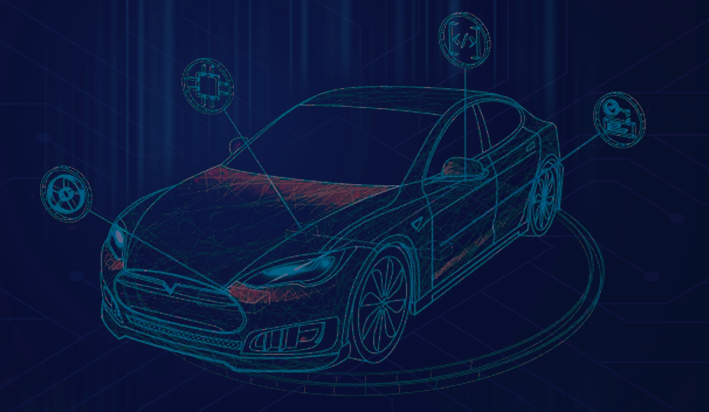By 2030, it is anticipated that 90% of vehicle innovations will be software-oriented. The term “Software Defined Vehicle” describes a vehicle whose operations can be primarily enabled and managed through software applications. SDVs are not necessarily an EV; they also can be combustion vehicles. SDV Technology are creating tremendous improvements to the overall commuting experience.
We can see that software is already associated with the vehicles we visit and commute daily. Software codes are distributed among components like ECU sensors, cameras, radar, light detection, and ranging devices of the car. As a result of the ongoing automobile transformation, which is mainly software-centric, many new technologies are incorporated into SDVs to bring feature-rich vehicles to the market.
Cloud-Native
Cloud-Native technology is a vital one in SDV Technology development. Software in connected cars is developed, tested, and deployed in cloud platforms. The cloud architecture hosts application code, configuration files, libraries, and the dependencies required to run apps. “Microservices” is the recent technology advancement in cloud-native applications. In a microservices architecture, software application is divided and distributed as functional modules, and they work as independent service units. So, whenever the user accesses a feature in the car, the respective microservices unit will do the action in the background instead of the whole application. Because of this, process and response times can be reduced significantly. This technology also makes things easier for automobile manufacturers, like testing and updating new software features of the vehicle.
ADAS (Advanced Driver Assistance Systems)
Over the years, various technologies have evolved to ensure vehicle safety. Advanced Driver Assistance Systems (ADAS) is the most prominent and recent among such technologies. ADAS automates, facilitates, and enhances vehicle systems to help drivers for a safe and enhanced driving experience. ADAS Technology is based on software-controlled automotive IoT Solutions that help drivers avoid on-road collisions by generating alerts on potential hazards while driving and allowing the drivers to take timely control of the vehicle. ADAS is a comprehensive safety solution that uses numerous existing technologies like Adaptive Cruise Control, Forward Collision Warning Systems, Night Vision, Pedestrian Detection, Lane Departure Warning Systems, Driver Behavior Monitoring, Blind Spot Detection, etc.
Battery Advancements
Besides software, SDVs highly rely on hardware components such as sensors and other components. Increasing needs and functionalities lead to more software interactions with these entities. These devices in SDV Technology demand more continuous power input than conventional cars. Electric and hybrid vehicles use lithium-ion batteries because of their higher energy density and recharging capabilities. EV frontrunner – Tesla has been heavily investing in this battery technology. Recently Stanford researchers made prime development in Lithium-Ion Batteries. They made a protective Nano layer that expands with the increasing temperatures of the batteries, thus increasing its lifetime. These advancements in battery technology make electric and hybrid vehicles are more efficient and more affordable for consumers.
Axial-flux Motors
Axial Flux Motors is an emerging motor technology that has gathered momentum in recent years. While most of the Software Defined vehicle EV market uses a form of radial flux motor, the usage of axial flux motors is gradually increasing with several benefits. Axial flux motors are known for their higher torque, power density, and efficient cooling. Its form factor is ideal for integration in various scenarios, from cars to aircraft.
Demand for axial flux motors is expected to have a massive rise in the next ten years, all props to its benefits. Advanced software technologies, along with the help of axial motors, can increase the vehicles’ overall potential to new benchmarks in areas like power outputs and travel range.
Many modern-day automotive features like autonomous driving, night vision, etc., are impossible without the growth of SDVs. Public transport vehicles are also gradually adopting SDVs to pass on the benefits to the mass. There is no doubt that ongoing and upcoming advancements in SDVs and their infrastructure will lead to an exceptional commuting experience.






